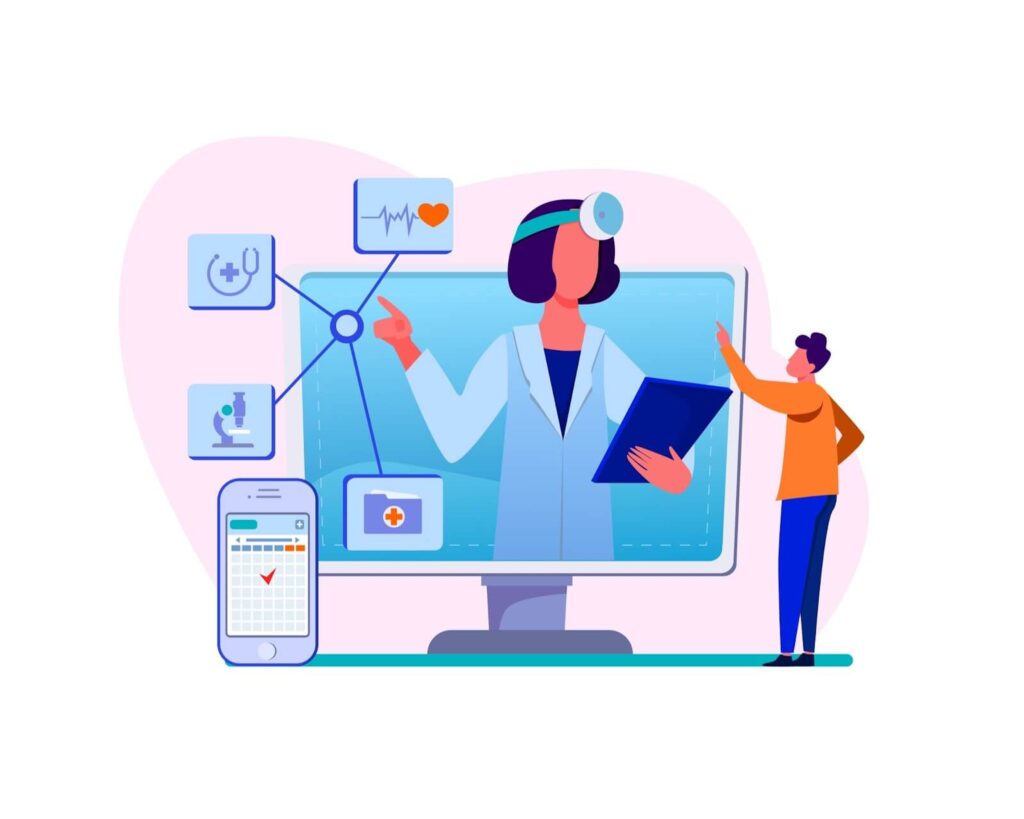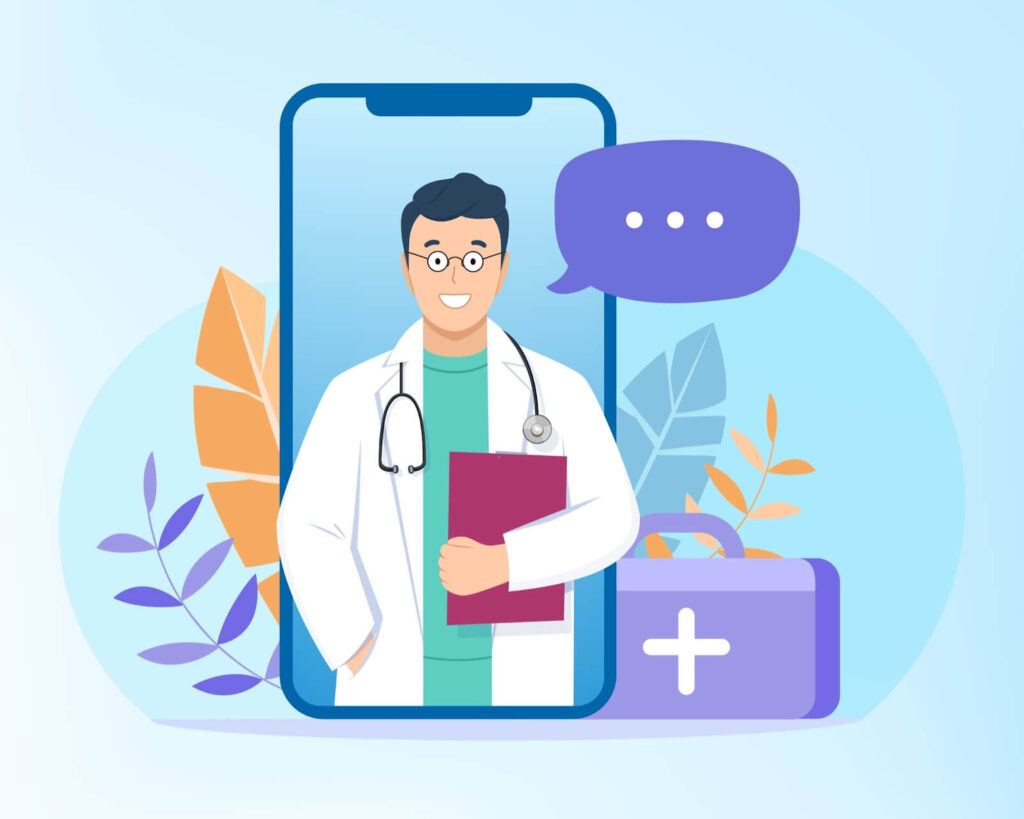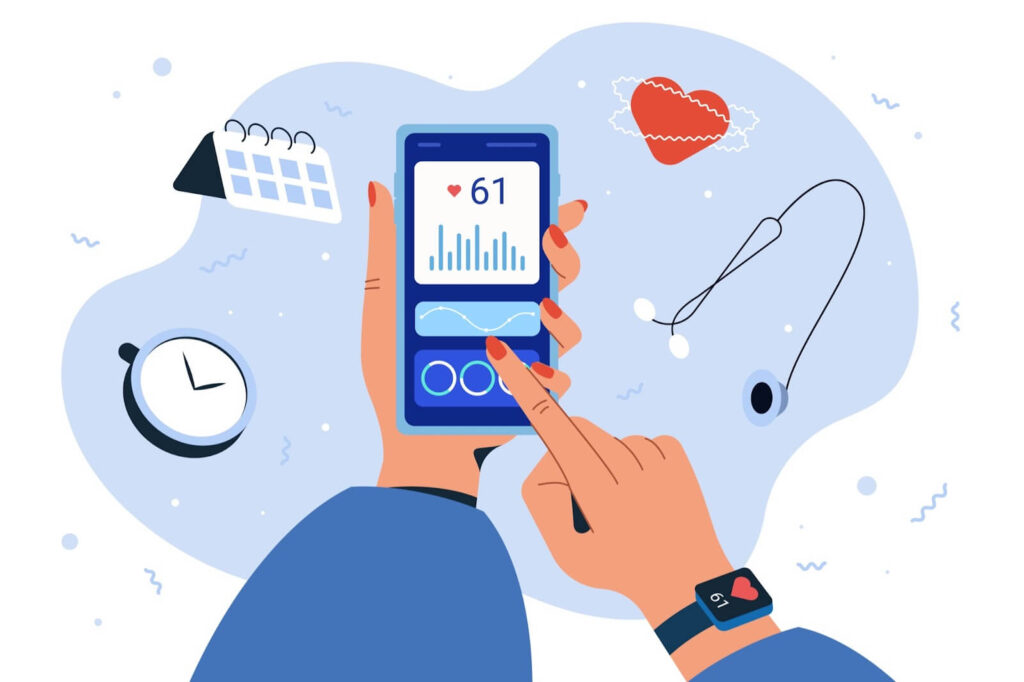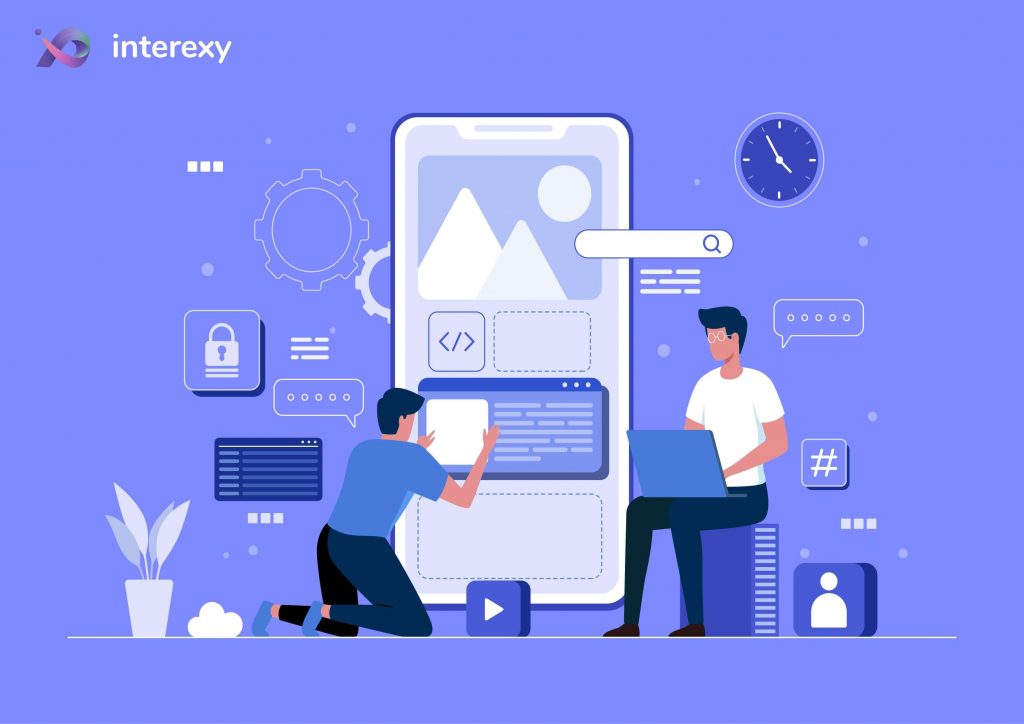August 10, 2022
What Is HL7, And Why Does Healthcare Need It?
Table of content
Interoperability has always been a great issue for the whole healthcare sector. To be more specific, the report shows the US healthcare system spends $30 billion annually due to this issue. Even though most healthcare data has long been managed using various programming efforts, information exchange is still rigid, and companies usually face data misinterpretation.
We all know that COVID-19 opened the door for global digital transformation. Therefore, healthcare organizations started developing digital products to help them transform most manual processes into more convenient and efficient formats. As more healthcare companies have accumulated data from this brand-new software, medical apps, and various devices, the more they need for seamless data integration. If these organizations want to achieve interoperability complete with precise records, all this software has to be integrated with one another to either get and/or retrieve new data.
While this issue only grows, new pressures on the healthcare sector also appear. As a result, Health Level Seven International designed a unified data exchange standard that was developed with the goal of simplifying data sharing throughout the healthcare domain. This is how several gold standards have appeared, where HL7 is currently the most prominent. Here we will explore what is an HL7 and why it is vital for the healthcare industry.

What is HL7?
Let’s start with what is HL7 in healthcare. Health-Level-7, HL7 for short, is a set of standards developed by Health Level Seven International. It has been designed with the goal of serving as a medium to get, exchange, manage and retrieve data that is shared between software apps that a particular healthcare organization or network uses.
HL7 represents a complex framework that offers healthcare data software solutions to easily integrate with each other and share digital information. The standards that HL7 provides are made up of a vast number of flexible guidelines and methodologies, which most healthcare systems need to consider to effortlessly communicate with one another.
And all these methodologies and guidelines guarantee that data exchange rules, common health data definitions, clinical documentation, EHR, quality reporting, as well as prescription product labeling stay consistent within all systems. Explore more HIPAA guidelines needed for the healthcare app.
What are the Main HL7 Standards?
There are several key HL7 standards that are mostly used for HL7 system integration. Below you will find a list of primarily HL7 standards:
HL7 V2
The HL7 V2 has been developed by clinical interface specialists with the goal of providing a framework in which information could be exchanged between disparate clinical systems. This standard also provides up to 80 percent of the interface framework while also offering the ability to negotiate the remaining 20 percent of needs on an interface-by-interface basis.
HL7 V3
The HL7 V3 standard was released in 2005. It was strictly influenced by the government and medical information users instead of clinical interface specialists. HL7 V3 was developed after V2 to address several specific challenges identified in the previous version.
FHIR
Fast Health Interoperable Resources (FHIR) represents a brand-new standards framework that includes the best features of HL7 V2, HL7 V3, and HL7 Clinical Document Architecture (CDA), leveraging the latest technologies at the same time.
How Does HL7 Work?
Even using HL7, integration is still time-consuming and quite costly for the healthcare industry, especially compared to solutions based on app programming interface (API) technology. HL7 works just like the internet, linking health data uniformly.
Some also consider HL7 as a piece of code and hardware that works in the background to ensure your web solution can display the data on a website and find the website. HL7 guidelines also provide a set of standards that allows healthcare organizations to create uniform data that every interested party can use if they have access to it.
Why Does Healthcare Need HL7?
Modern healthcare organizations and providers need to access data via various electronic systems to easily oversee the entire profile and medical history of each patient. While it can be easily done by local hospitals, when a patient goes to a big hospital in another city, retrieving information can become a tough task.
Since this sensitive patient information is being exchanged between two systems that are incorporated in different locations, several crucial standards and rules have to be followed by both sides. The healthcare industry is now using a large number of applications daily, such as radiology, patient administrative systems, MRI, and so on. The data in these apps is constantly circulated within different departments and related systems, which allows accurate and efficient workflow. And when this data can be integrated across all systems and exposed cohesively, the risk of data failure is reduced while also increasing the feasibility of healthcare workers and software. Among other reasons why healthcare organizations need HL7 are:
Integration With Related Systems
Modern healthcare is highly digital. Therefore, it uses multiple systems and devices to provide high-quality services and stay. This software is built differently, by different companies, for different purposes, features and abilities. The key challenge here is that most healthcare providers and organizations use complex and large data infrastructures and prefer to use massive volumes of information, while small private clinics prefer simple software solutions. This is where HL7 can work as a universal protocol, allowing every organization permission to access and retrieve data.

Easier Workflow Automation
Even though electronic health records (EHRs) are the most common and primarily used solutions for workflow automation, it is often a tricky task to accurately communicate between different EHRs and data sources, such as pharmaceutical systems, lab services, and so on. Therefore, HL7 standards are used to help improve interoperability and transfer data regardless of what type of communication paradigms or APIs an organization uses. In addition, HL7 also works as a tool for easier workflow automation if a healthcare organization doesn’t provide a comprehensive EHR. HL7 is responsible for structuring and sharing data in a transparent way, thereby easing the process of data exchange throughout the healthcare sector.
Hassle-Free Collaboration
Since HL7 works as a potent tool for storing and exchanging sensitive patient data, it brings great potential for worldwide use and hassle-free collaboration. One of the most common ways this standard helps in collaboration is between established governmental institutions and the rapidly growing health tech sector. HL7 can also help in times of international health crisis, like it helped during the COVID-19 lockdown. Let’s explore the benefits of HL7.
What are the Benefits of HL7?
Improved Clinical Efficiency
Since HL7 offers better communication between different medical organizations, it also helps companies to accumulate more valuable information that can be leveraged to enhance the quality of patient care in the long term. HL7 allows for faster and smoother data exchange helping doctors to receive up-to-date data and get a vast clinical perspective since more patient records are accessible at any time.
Reduced Administrative Errors
By using HL7, healthcare organizations have access to relevant data derived from multiple sources and can have peace of mind that all information is synchronized and relevant. Since HL7 helps reduce the need for requesting and filling out data manually, it also significantly saves time, money, and resources that can be required when administrative errors happen.
Opportunities for New Technology
Aside from smooth and hassle-free data transmission between software and systems that a particular healthcare organization uses, the HL7 standard also opened the door for new emerging technologies to boost the workflow and help companies timely update their services. This not only allows them to choose from a wider choice of technologies but also allows for better flexibility in terms of technology solutions for healthcare providers.

Integration Challenges of HL7
1. Complex & Time-Consuming Process
HL-7 integration isn’t a quick and easy process. Previous software products are usually enmeshed in a vast number of apps. However, HL7 integration interferes with the normal functioning of related integrated applications. This is why development centers should have a dedicated team that will be responsible for overseeing the integration of HL7 and healthcare data integration standards.
2. Inconsistent Data Semantics May Cause Ambiguity
Different software may have their own understanding of what a particular abbreviated means. However, the patient’s medical history and records can contain many abbreviations, so if the healthcare provider wasn’t clear in explaining the treatment plan, this often leads to misinterpretations and, in some cases, to severe and costly consequences.
3. Data Can be Lost or Corrupted
During the interrogation, transfer, or migration process, there is still a risk of losing data. When talking about HL7 integrations, the potential risk is higher and can cause severe damage to the organization since patient data is sensitive and should always be protected. If you want to prevent the loss of this information, it is best to hire an experienced development and support team that will take care of these issues and make sure the integration will be smooth and safe.
How Can Interexy Help?
Interexy is an experienced development & consulting agency focusing on healthcare, blockchain, and Fintech. Given the fact that we are setting standards in the industry, our clients always get custom solutions and top-notch quality. Our team has in-depth experience in all types of mHealth solutions, allowing you to get a quality product packed with the latest technologies like AI, AR, VR, and blockchain, while the final product is always compliant with strict industry guidelines. Check our healthcare application development services.
Final Thoughts
The healthcare industry has faced many issues during the last few years, which also opened new opportunities for growth and development. Digital solutions made it possible for healthcare organizations to improve the quality of patient care, reduce human issues, keep data protected and effectively organize their workflow. The rise of digital solutions also increases the number of guidelines and methodologies companies now can and should use. If you’re looking for a telemedicine app development company to overcome the biggest medical app development challenges, don’t hesitate to get in touch to find out how we can help you.
FAQs
What is HL7?
Health Level Seven (also known as HL7) is a standard used by healthcare organizations to exchange data between medical information systems.
How is HL7 used in healthcare?
HL7 standard covers the exchange of sensitive patient data in several functional domains. It is used in the healthcare industry as the best way to achieve interoperability.
What is the HL7 example?
Most popular examples of HL7 messages such as patient records, laboratory records, and billing information.















